
|
Gannet
|
||
|
Taken at Torness on 11th September 2022 using Nikon D500 with Sigma 600 mm zoom lens.
|
 |
|
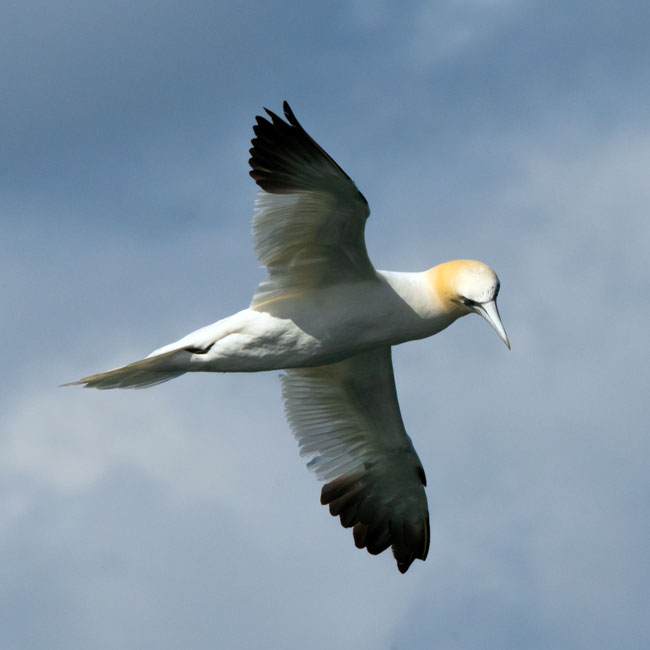
| Taken on the Stromness to Scrabster ferry on 22nd July 2018 using Nikon D5200 with Sigma 600 mm zoom lens. |  |
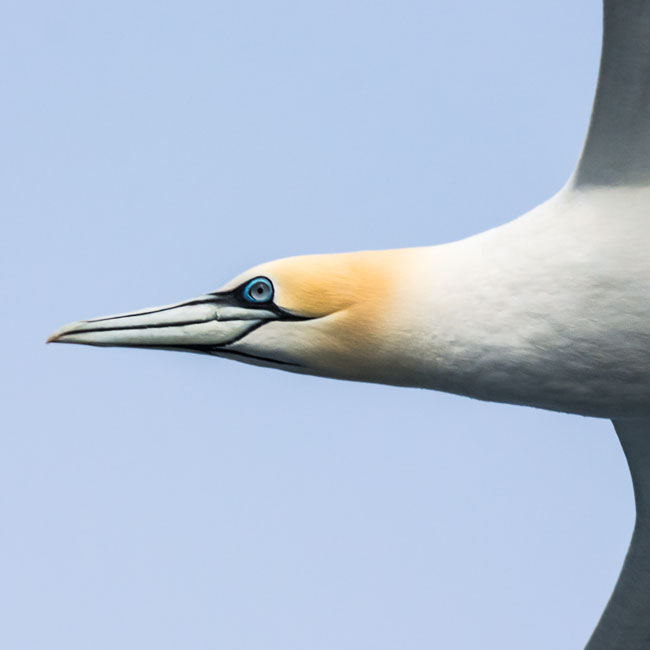
| Hatchling Taken at Bempton Cliffs on 18th July 2009 using Nikon D40X with Nikon 300 mm zoom lens. |
 |

| 1st Cycle Taken at Torness on 26th September 2021 using Nikon D500 with Sigma 600 mm zoom lens. |
 |
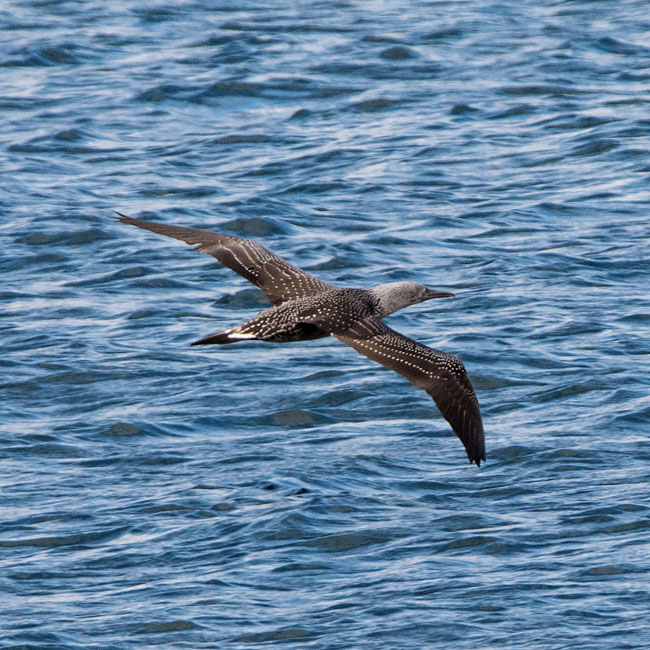
| Taken at Musselburgh on 16th September 2018 using Nikon D500 with Sigma 600 mm zoom lens. |  |
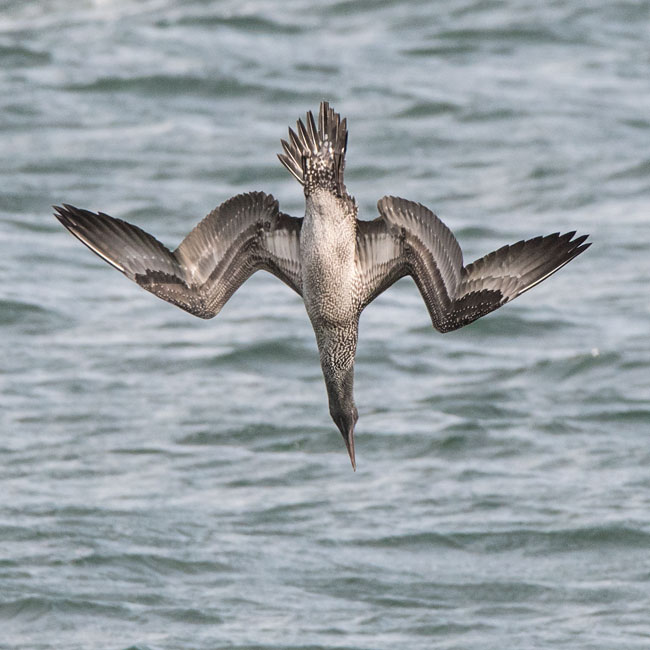
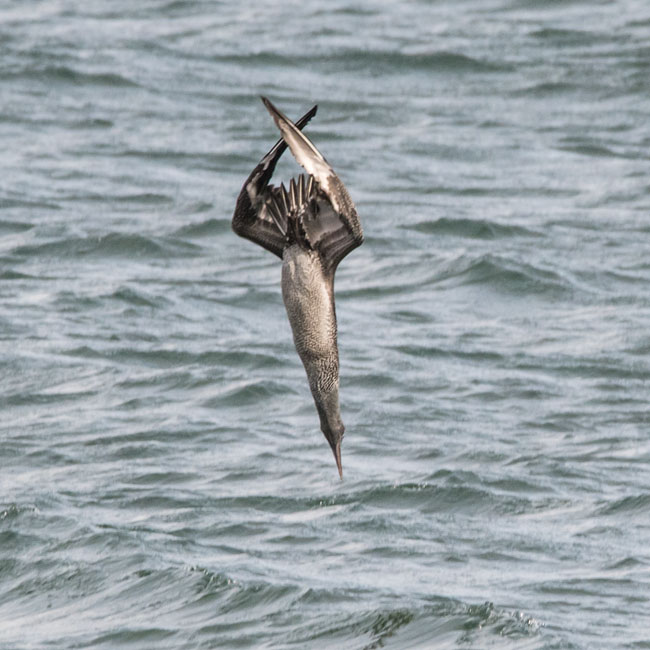
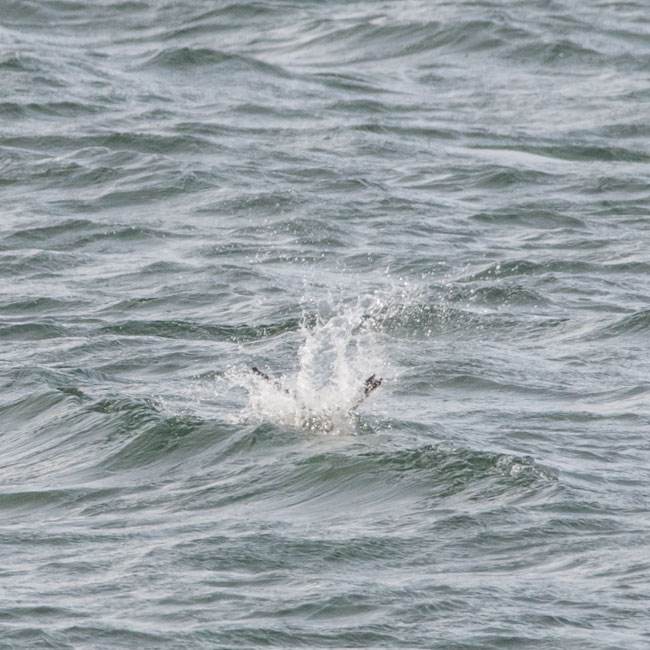
| 2nd Cycle. Taken at Saltcoats on 31st May 2015 using Nikon D5200 with Sigma 150-500 mm zoom lens. |
 |
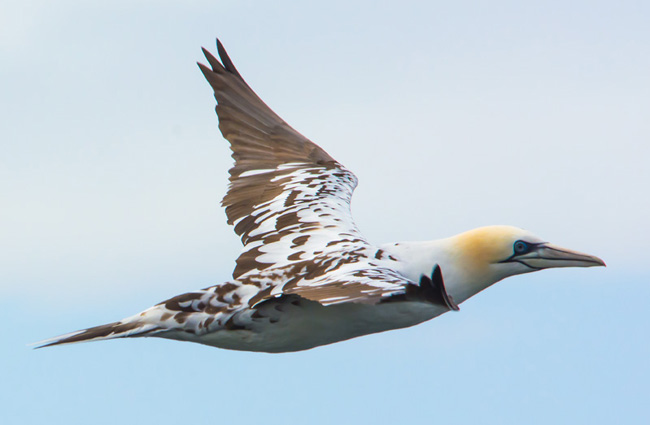
| Third Cycle Taken at Barns Ness on 23rd May 2021 using Nikon D500 with Sigma 600 mm zoom lens. |
 |
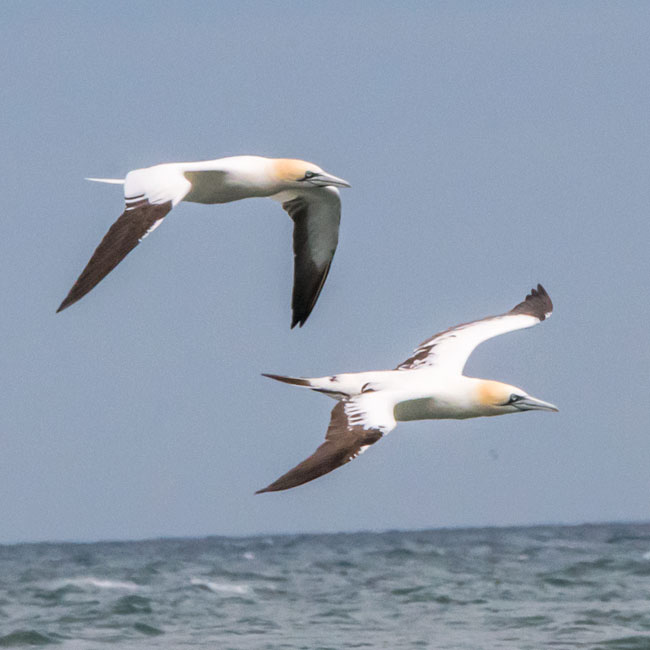
4th Cycle ( New ) Taken at Bempton Cliffs on 3rd July 2025 using Nikon D500 with Sigma 600 mm zoom lens. |
 |
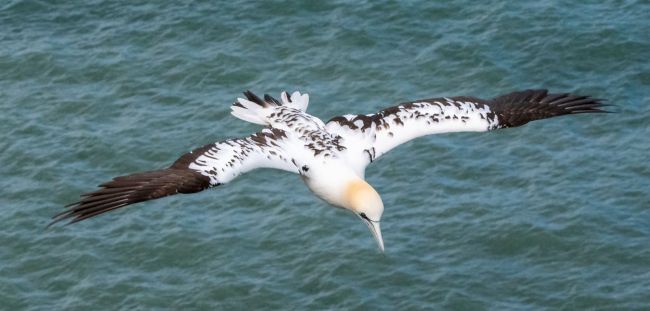
| Lunch....maybe Taken at Irvine Harbour on 5th May 2019 using Nikon D500 with Sigma 600 mm zoom lens. |
 |
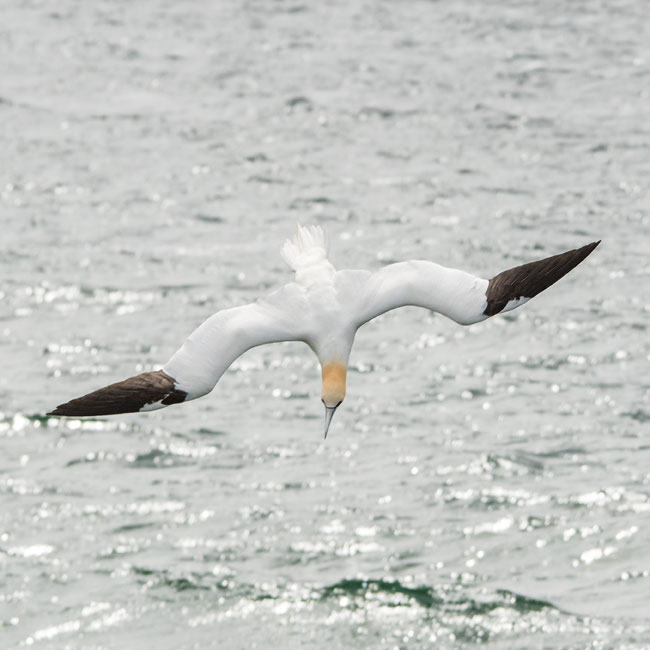
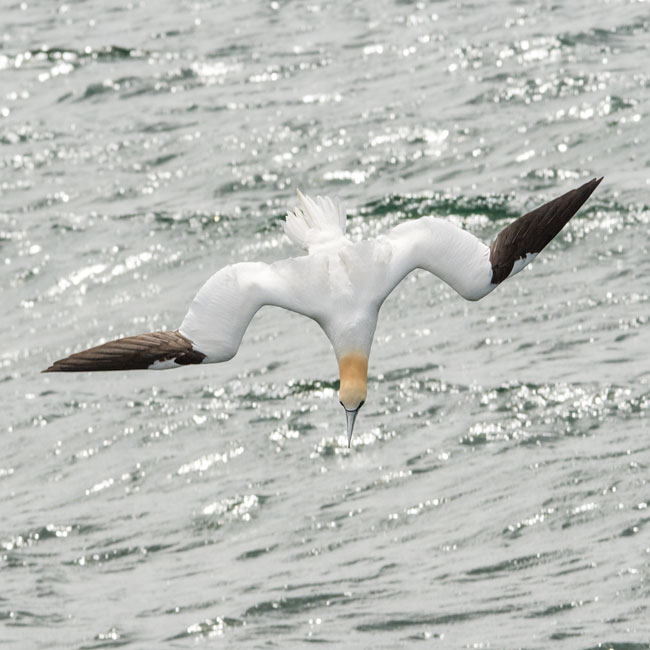
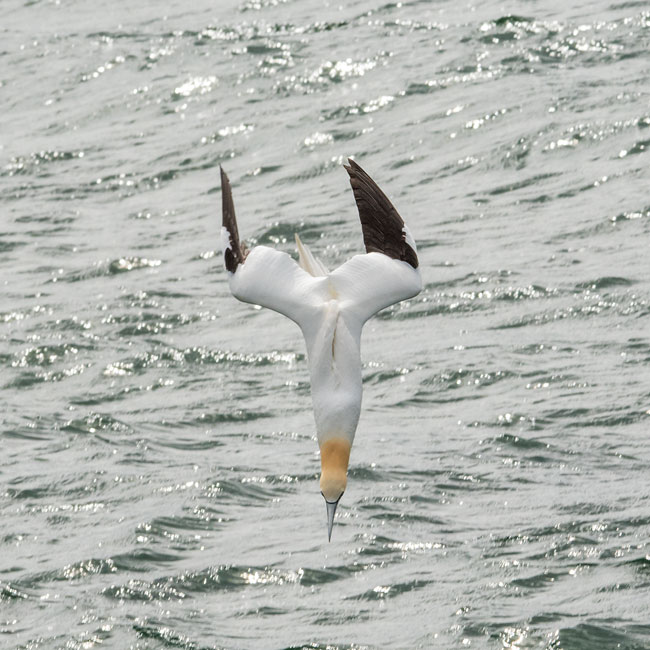
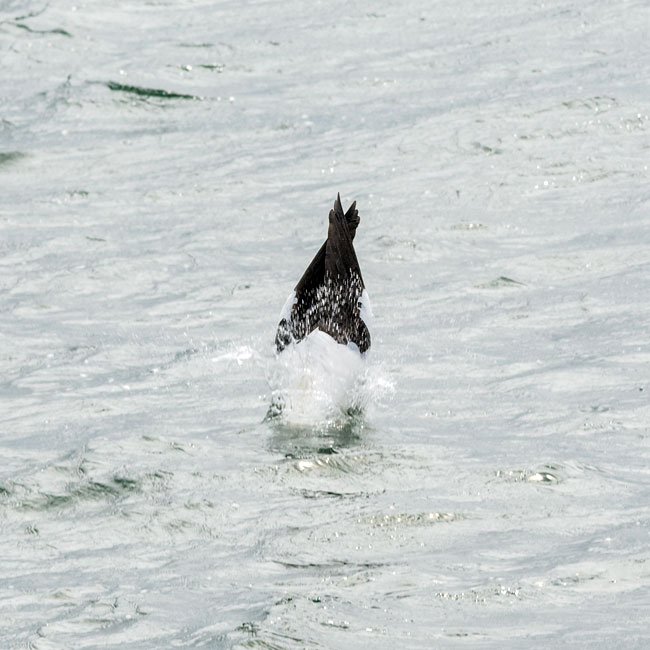
| Taken at Bempton Cliffs on 18th July 2009 using Nikon D40X with Nikon 300 mm zoom lens. |  |
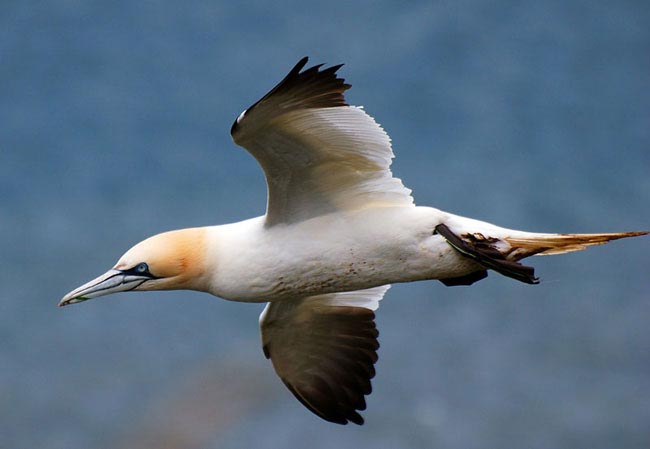
| Gannet. |
| Species: Order: Family: Local Names: |
Morus
bassanus. Pelecaniformes. Sulidae. Solan Goose, Northern Gannet. |
| Site Of Nest: Food: Feature: Plumage: Eggs: Length: Wingspan: |
Dense
colonies on cliffs in a nest of seaweed or mud. Fish and Squid. Gannets hunt fish by diving from a height into the sea and pursuing their prey underwater. Gannets have a number of adaptations which enable them to do this: they have no external nostrils; they have air sacs in their face and chest under their skin which act like bubble-wrap, cushioning the impact with the water; their eyes are positioned far enough forward on their face to give them binocular vision, allowing them to judge distances accurately. Gannets can dive from a height of 30 m, achieving speeds of 100 km/h as they strike the water, enabling them to catch fish much deeper than most airborne birds. Mainly white bodies, with long, black-tipped wings. Their heads are large, yellowish with black marks around their eyes. They have straight, sharp, tapered bills and pointed tails.Young Gannets are completely black achieving a little more white plumage each year until maturity in 3 to 4 years. One bluish chalky egg. 1 mtr. 1.8 - 2.0 mtrs. |
| Voice: |